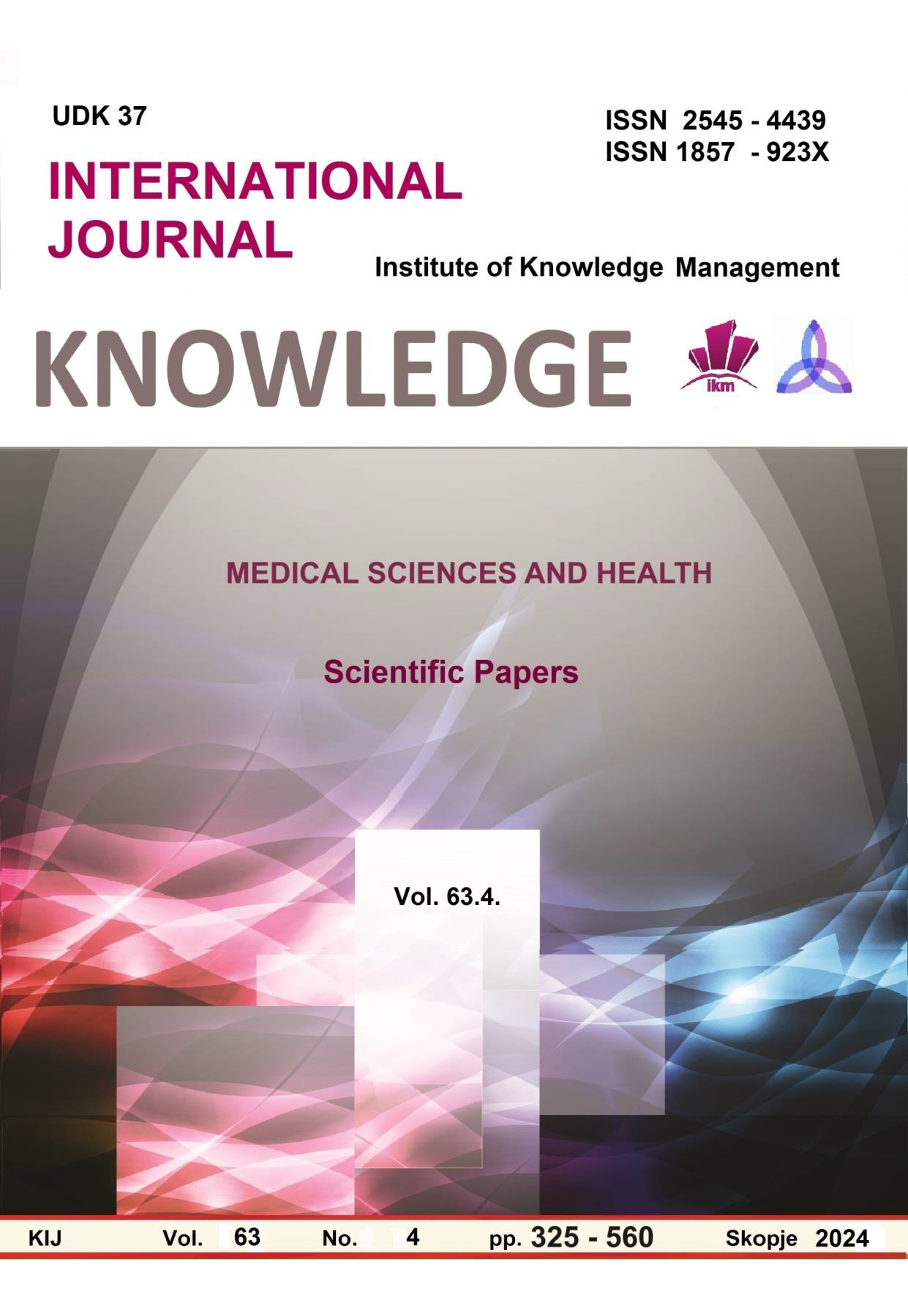РЕФРАКЦИЈА НА ПАЦИЕНТ СО СЛАБ ВИД
REFRACTION IN A LOW VISION PATIENT
Author(s): Stefani Vladimirova, Strahil GazepovSubject(s): Social Sciences, Health and medicine and law
Published by: Scientific Institute of Management and Knowledge
Keywords: Low vision;refraction;correction methods
Summary/Abstract: Injury or illness of any part of the eye can be the cause of low vision. The way of approach to the patient and the whole psychology of the case indicates what will be the whole outcome of the treatment of low vision. In a special addition is the faith and desire of the patient for his successful treatment and is most important in the review of dealing with the disease and utilizing the visual potential of the eye in the treated patient. A total of 100 respondents were analyzed as the subject of this research. Patients with refractive anomalies (myopia, hypermetropia, presbyopia, astigmatism), strabismus, cataract, glaucoma, optic nerve atrophy, retinal diseases and amblyopia were registered among the subjects. Each of the subjects has one or more eye diseases and has poor vision in one or both eyes. Due to the connection of one disease with another, it leads to deterioration of other visual functions. The most commonly diagnosed amblyopia, which occurs as a result of several causes and various etiology, is popularly called "lazy eye". Refraction was done for all patients using subjective and objective methods and appropriate correction was given by glasses, contact lenses, and in some subjects, where necessary, operative intervention was performed. Generally, amblyopia is present in 24% of subjects. They are diagnosed with mild or severe amblyopia, in which it progresses, but there are also those with old amblyopia. It can be concluded that it is the most prevalent diagnosis that was treated. A total of 15 subjects also had curvature of the eye or strabismus. Hence, we conclude that most of the subjects with amblyopia also have convergent strabismus. Amblyopia is also associated with refractive anomalies, which most of the respondents have, namely 13 myopias, 15 hypermetropia and a higher prevalence of astigmatism, that is, 20 respondents. A smaller number of subjects had cataracts, glaucoma and retinal diseases, 1 subject from each disease and 2 subjects with atrophy of the optic nerve. The number of presbyopes is 8 out of a total of 100 respondents.This research proves the need to preserve vision by promptly diagnosing conditions that can lead to low vision as well as refraction in a patient with low vision. But not even all achievements in ophthalmology are enough to completely succeed in rehabilitating the sight of a patient during his life. Regardless of whether low vision is congenital, acquired as a result of a disease or caused by an injury, it is not always possible to find an appropriate treatment. Hence the inspiration for a more detailed investigation of low vision and refraction of a patient with low vision.
Journal: Knowledge - International Journal
- Issue Year: 63/2024
- Issue No: 4
- Page Range: 407-411
- Page Count: 5
- Language: Macedonian

